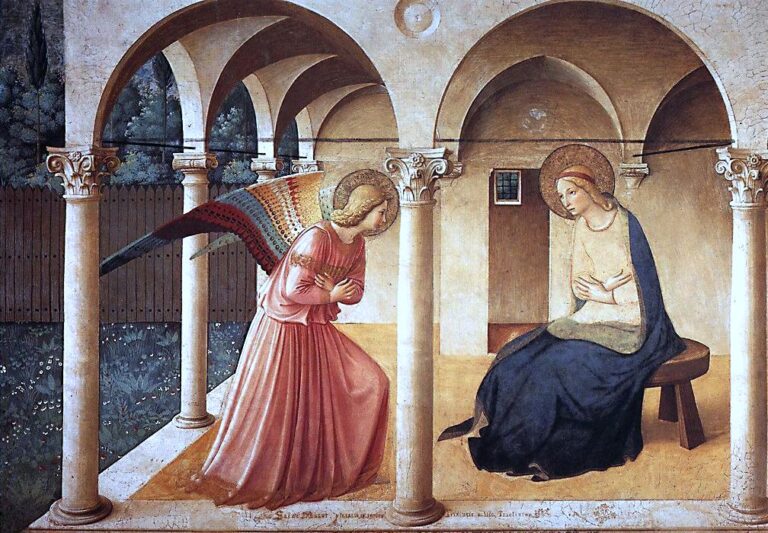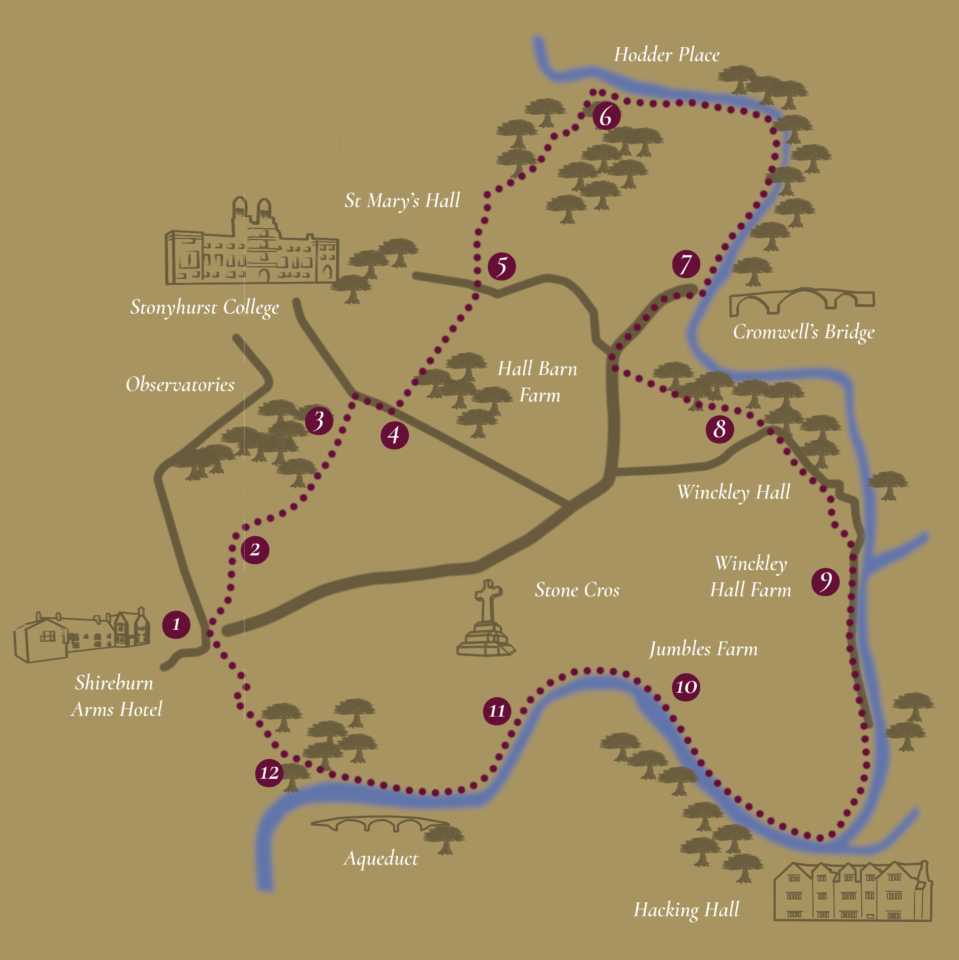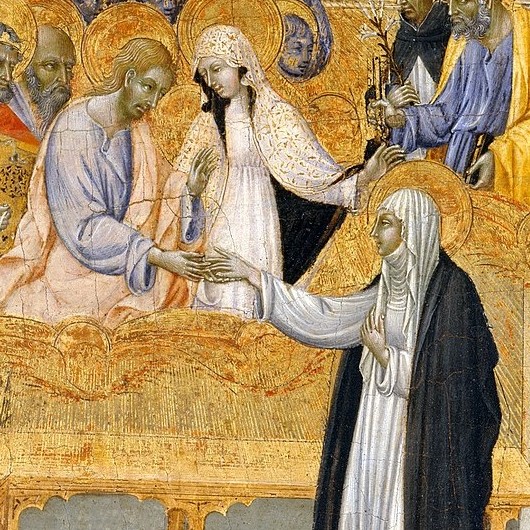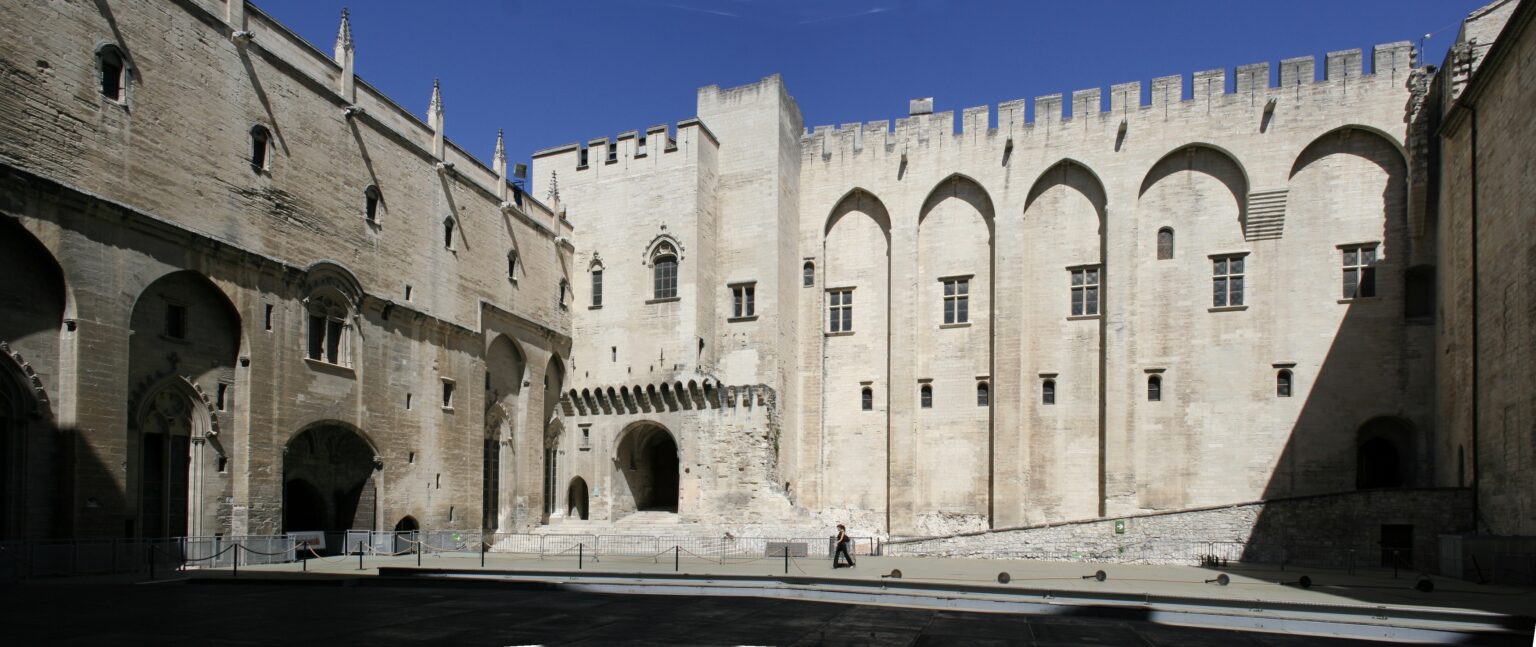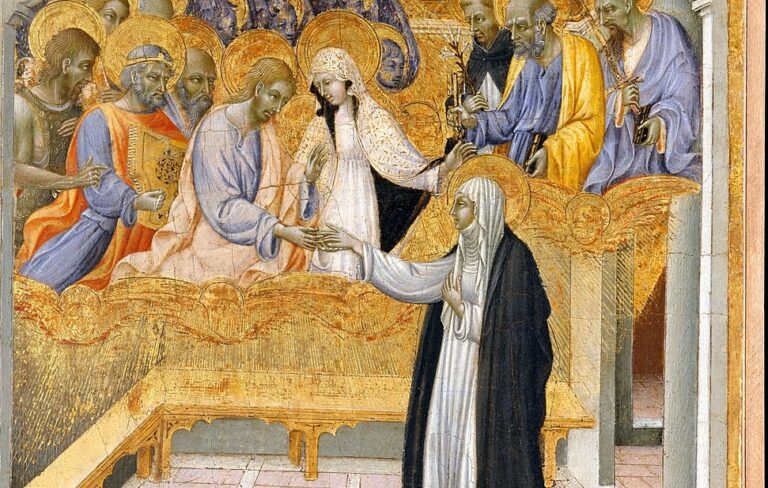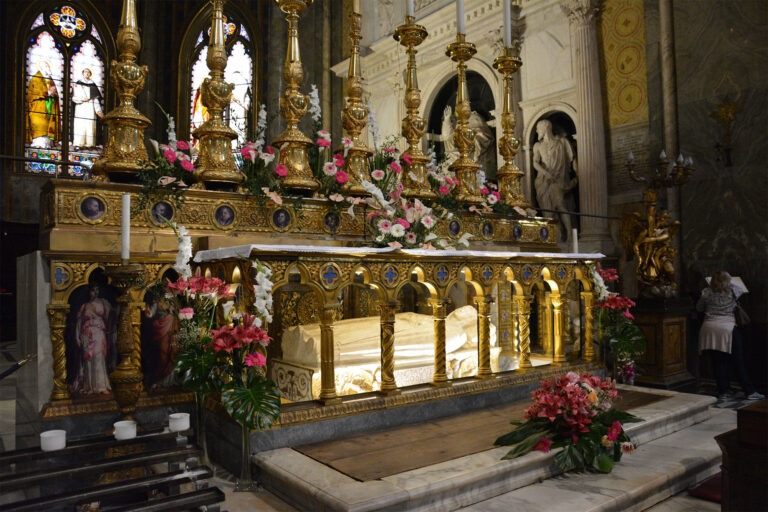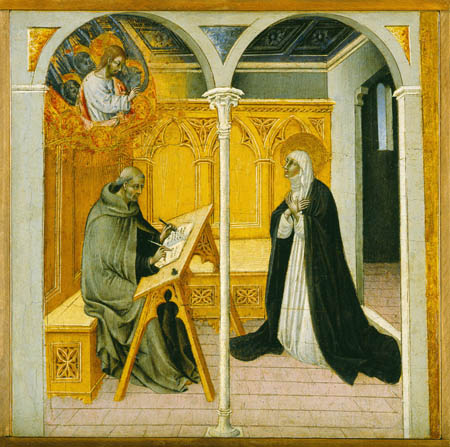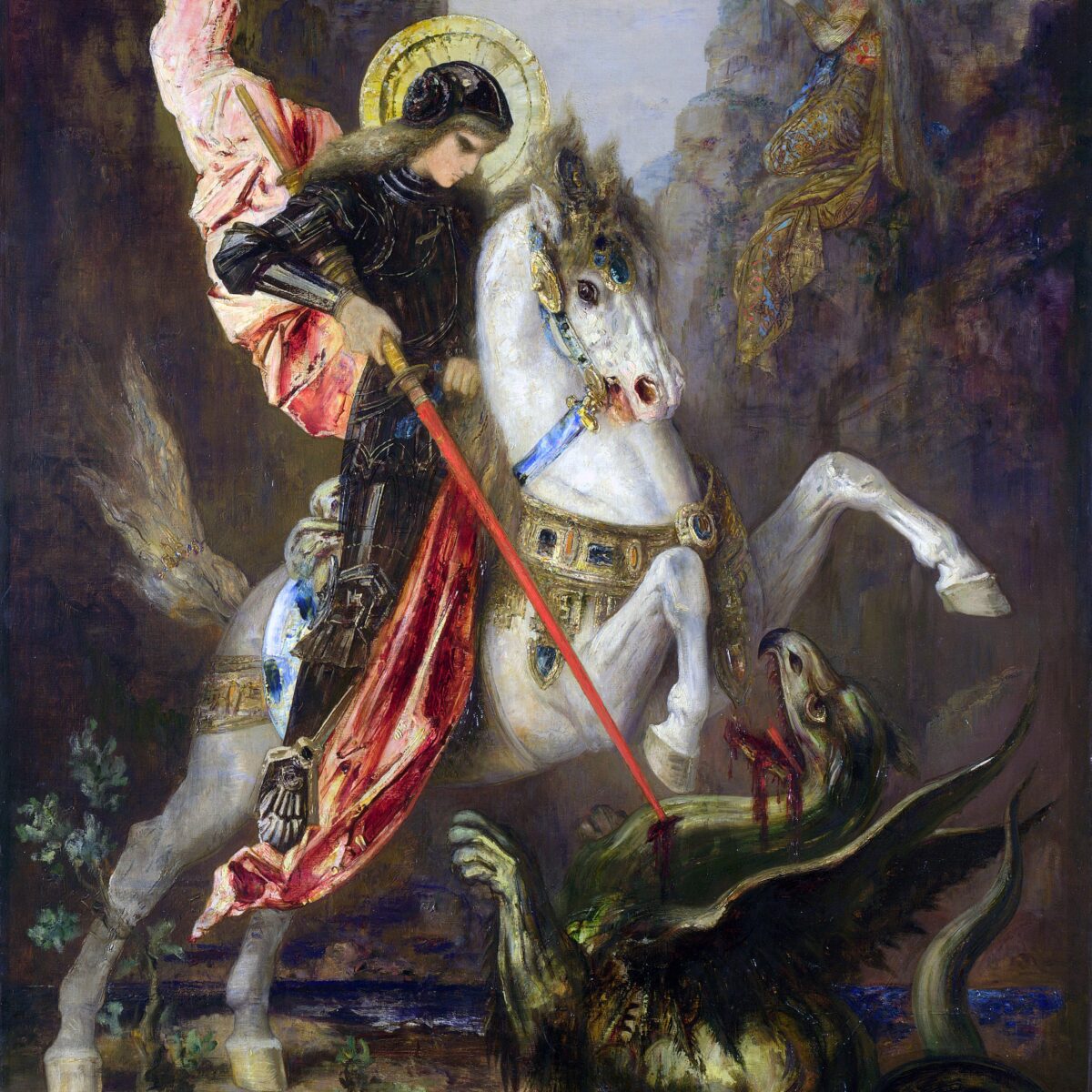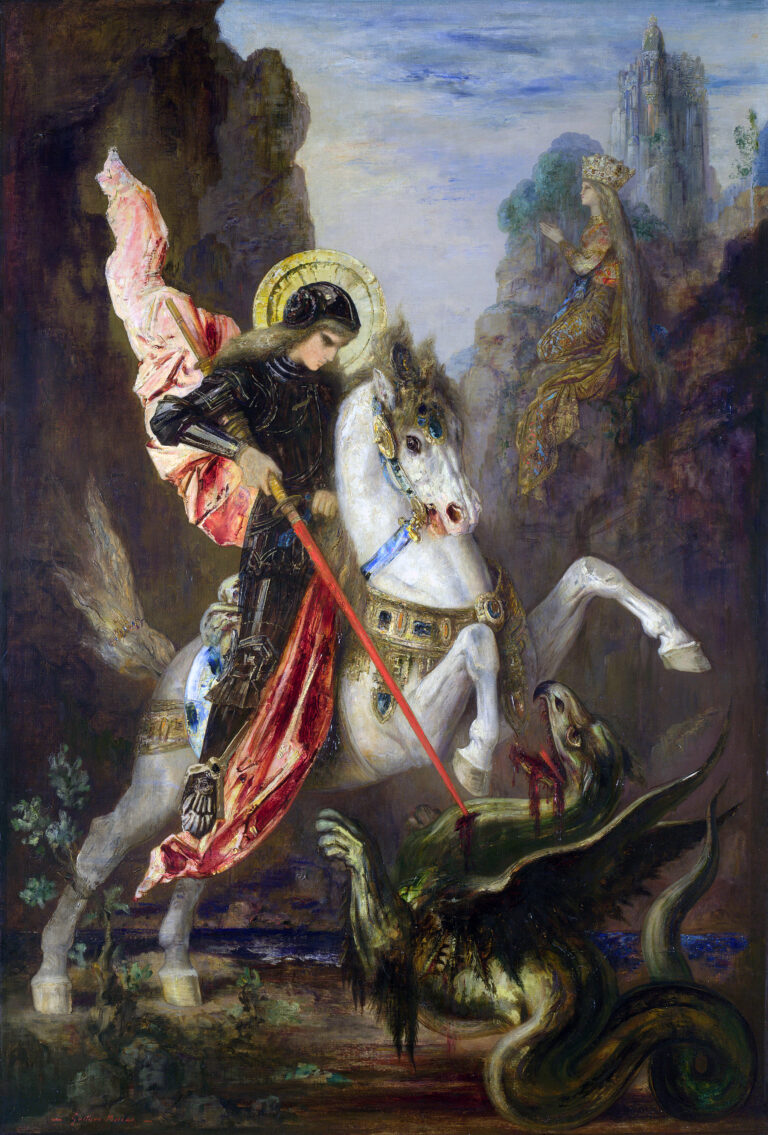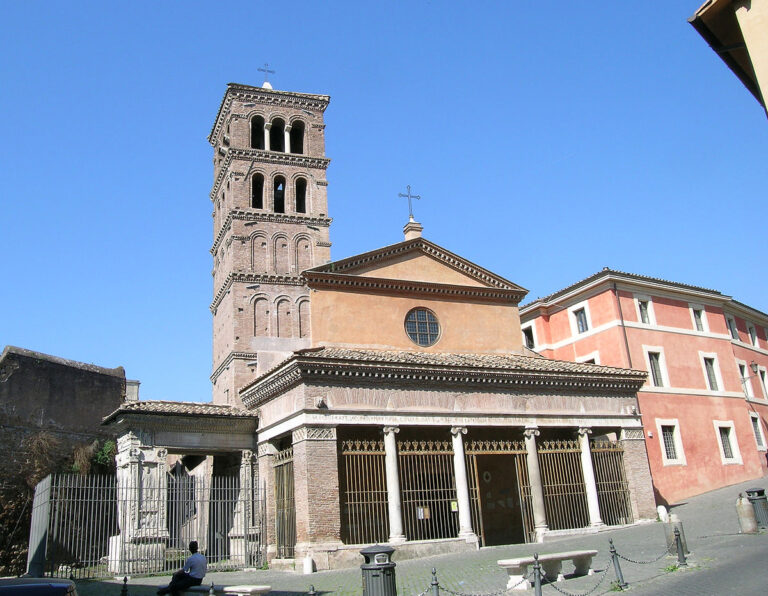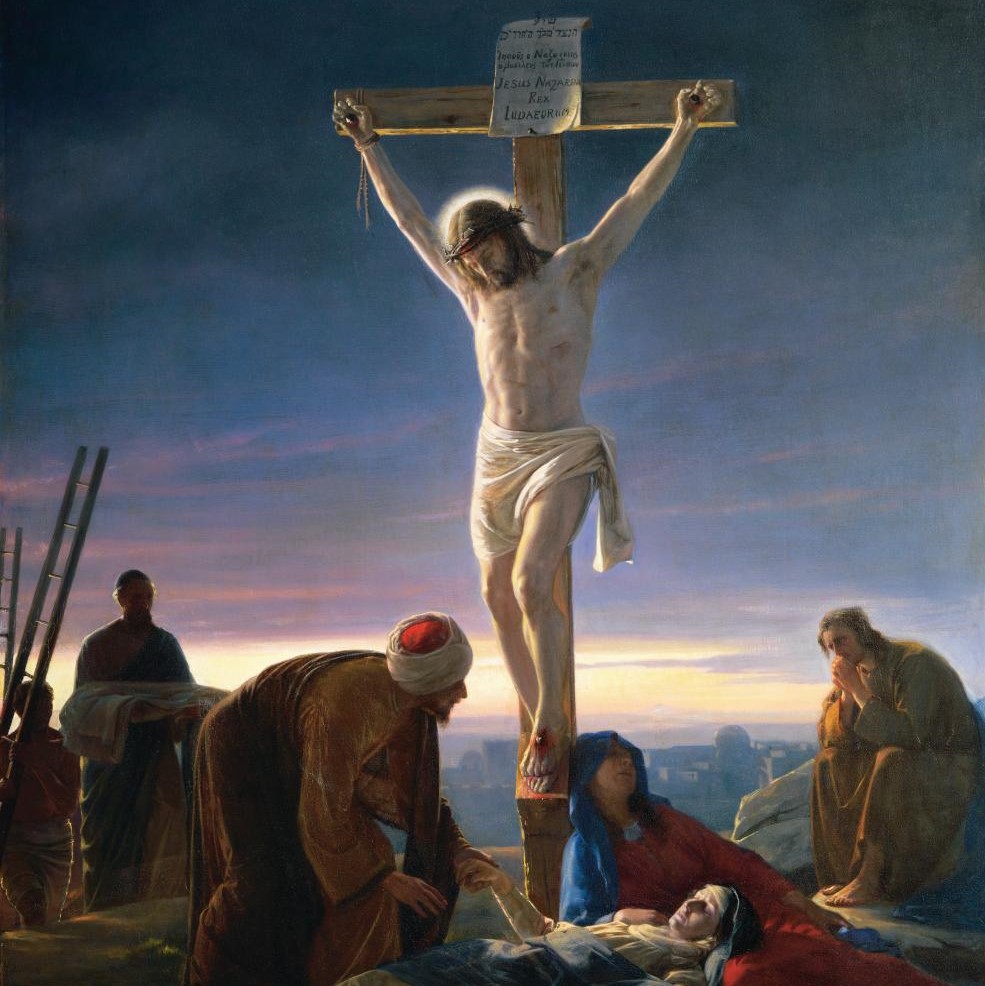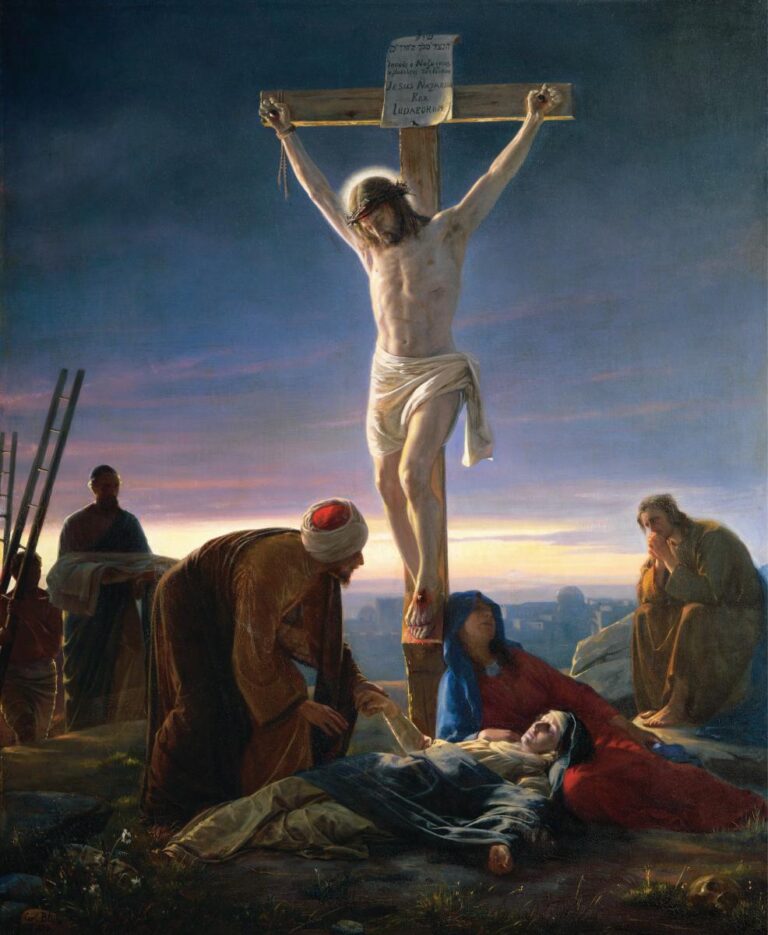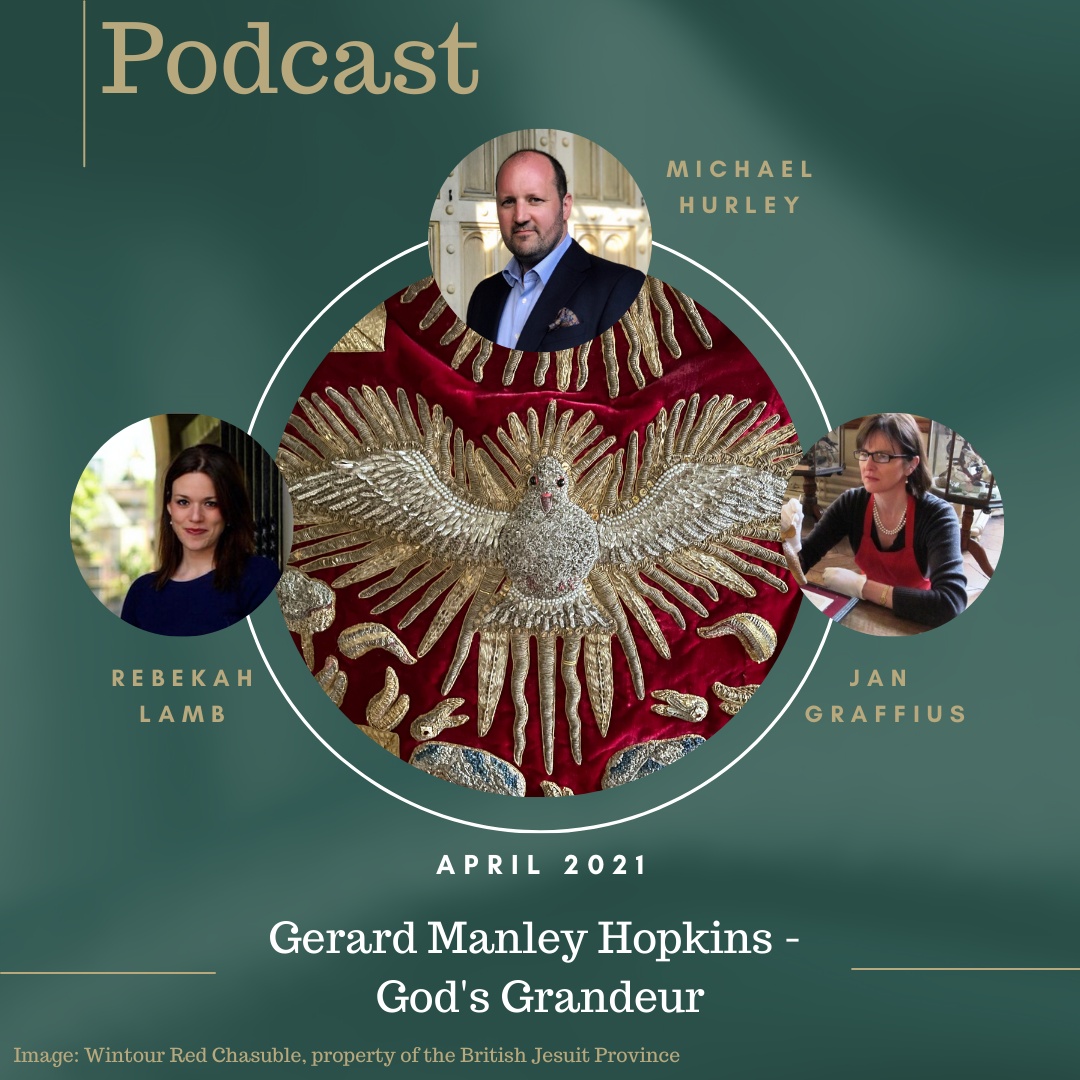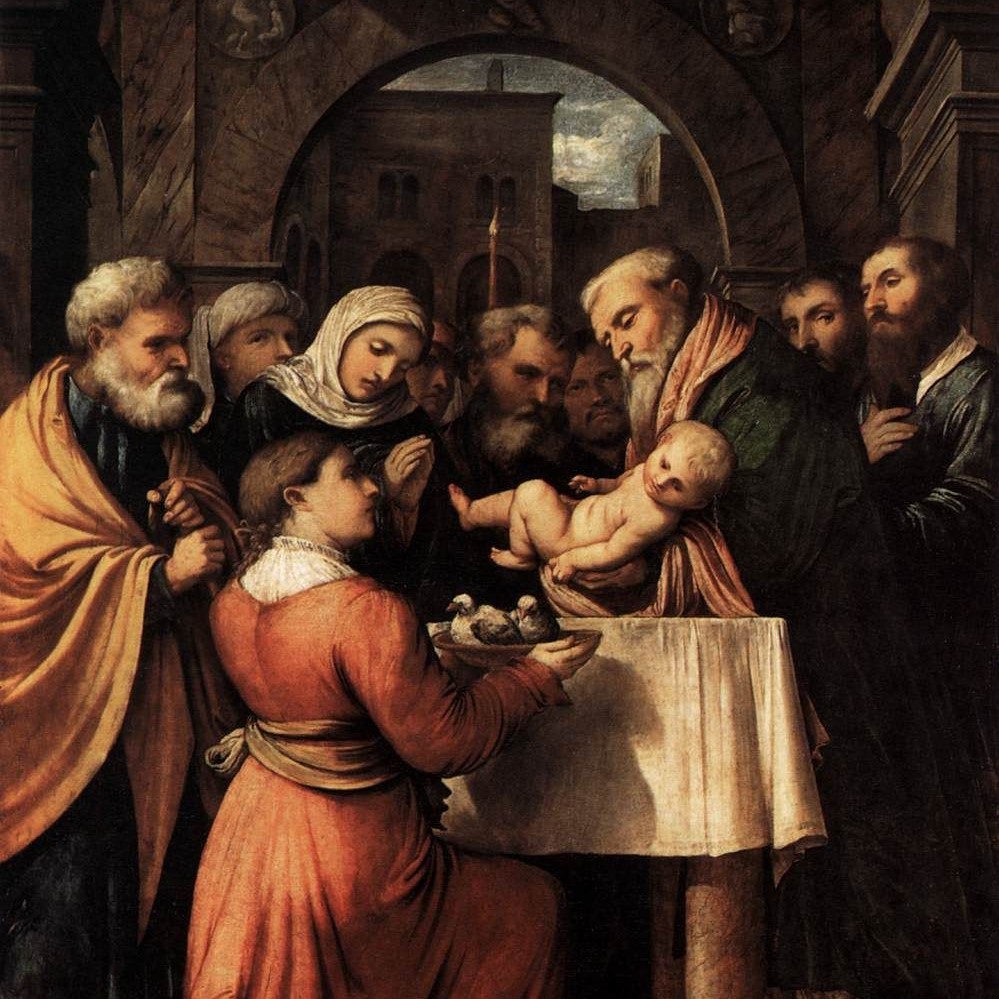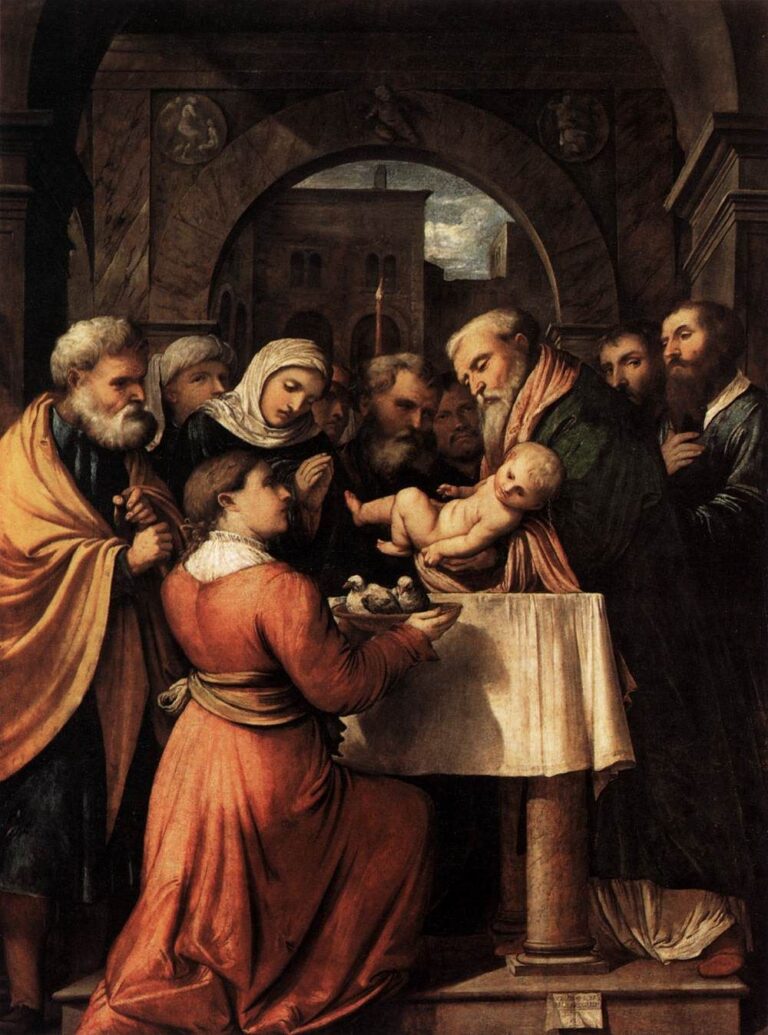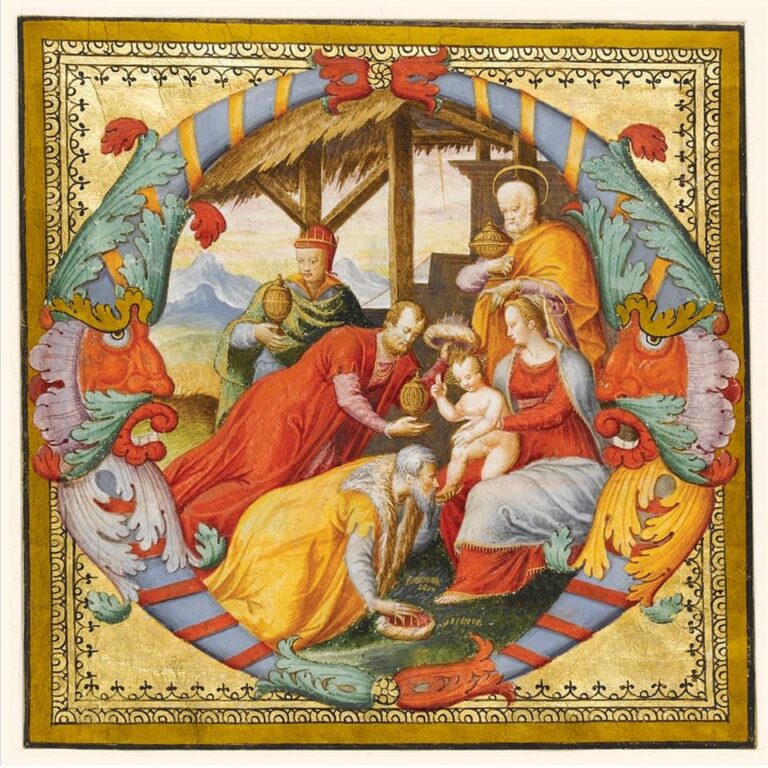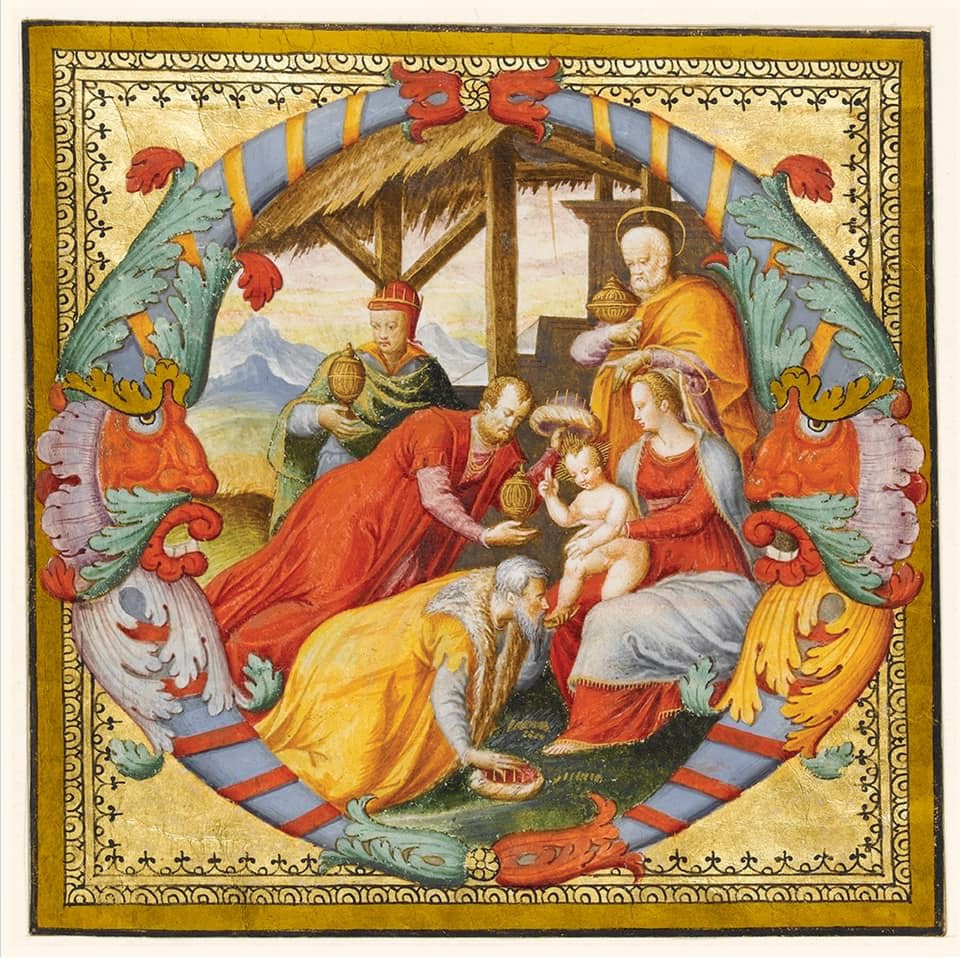5th May 2021
Mary, Door of Salvation
Adam Coates
The importance of the Annunciation, that moment when the Angel Gabriel came to the Blessed Virgin Mary and announced she was to bear in her womb the Saviour of the world, cannot be understated.
This humble young girl is being asked by the messenger of almighty God to play a pivotal role in salvation history. This is the moment where Isaiah’s prophecy (Isaiah 13-15), that a virgin would bear a son and His name would be “Emmanuel”, meaning God with us, is in the balance.
St. Bernard of Clairvaux teaches that this is a truly cosmic moment with implications stretching across both space and time. Addressing the Blessed Virgin, he writes: “The angel awaits an answer; … We too are waiting … The price of our salvation is offered to you. We shall be set free at once if you consent. … Tearful Adam with his sorrowing family begs this of you, … Abraham begs it, David begs it. All the other holy patriarchs, your ancestors, ask it of you … This is what the whole earth waits for, prostrate at your feet”; everything waits on this yes or no. Despite this, the consent of this woman is sought and, indeed, she gives it: “Behold the handmaid of the Lord; let it be unto me according to thy word” (Luke 1:38).
The Annunciation, the Catechism says, “inaugurates ‘the fullness of time’ (Galatians 4:4), the time of the fulfilment of God’s promises and preparations”. Mary’s yes, so wrote St. Irenaeus, is a stark counterpoint to Eve’s in the Book of Genesis. While Eve took up a conversation with an angel (the devil) and says “yes” to disobeying God, Mary has a conversation with an angel and, saying yes, demonstrates her obedience to God. As St. Irenaeus himself wrote, “For what the virgin Eve had bound fast through unbelief, this did the virgin Mary set free through faith”. Mary’s yes, her fiat, her act of faith, allows God’s glorious plan of Salvation as revealed in Sacred Scripture to take effect: the stain of original sin brought about by Eve’s sin can now be undone by Mary’s faith. It is through the grace of God and in her Immaculate Conception that Mary is able to make her freely given yes.
Look out for the next post on Mary, in which we will examine the question of the Immaculate Conception.


